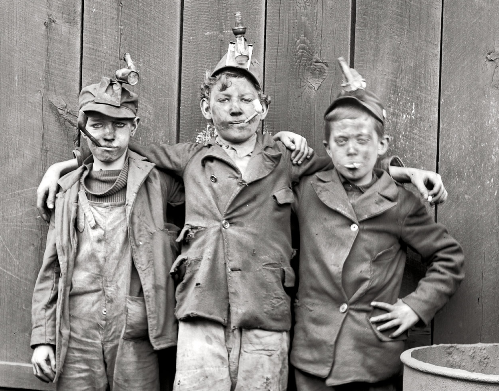http://www.chroniclejournal.com/
Premier Kathleen Wynne has jumped into the long-standing debate over the Ring of Fire in Northern Ontario. Last week, she called on northern chiefs to seize the province’s offer to spend $1 billion on crucial road development and to not “squander” the opportunity for economic development in an area desperate for work and social improvements.
The premier’s blunt intervention is a sign of the pent-up frustration among governments, companies and indigenous communities about the slow progress and endless negotiations surrounding the region’s vast deposits of chromite, nickel and other minerals.
While the premier may feel frustration, in Northern Ontario there is a widespread feeling in many indigenous communities that the infrastructure needs of resource firms get more attention from government than the serious community infrastructure deficits that have existed for years. Many indigenous communities in Northern Ontario, especially in the Far North, have to deal with a variety of deplorable conditions, including over-crowded housing, a lack of clean drinking water, limited or non-existent road access, and a myriad of social, economic and cultural challenges.
























